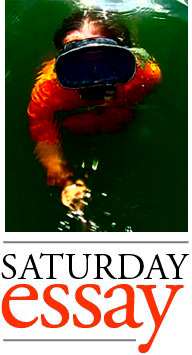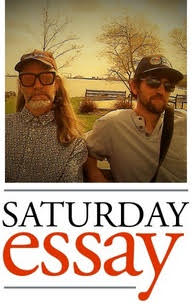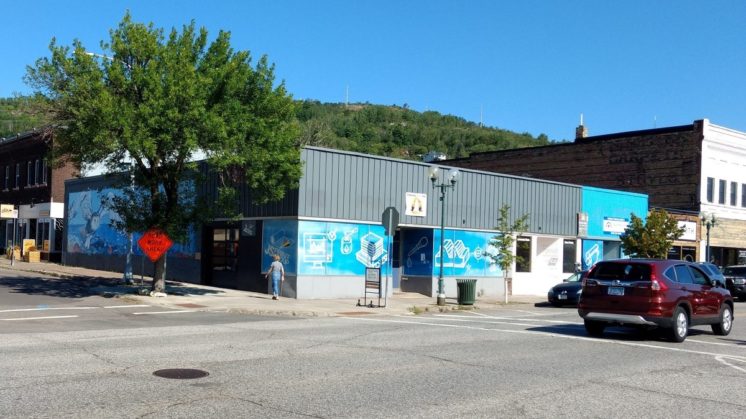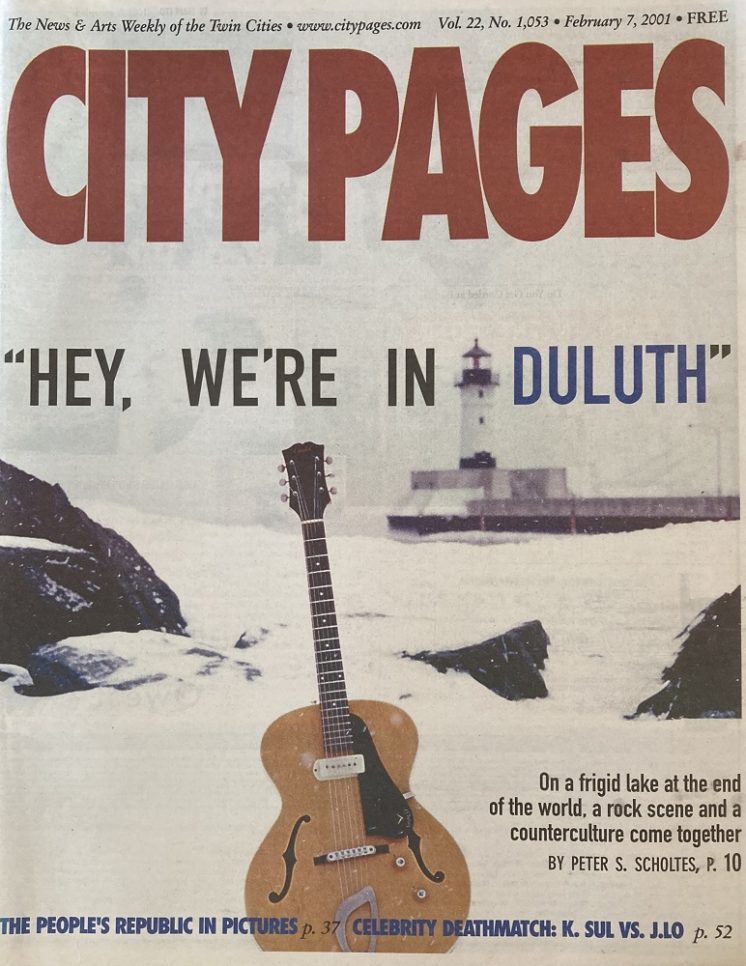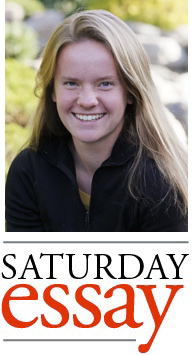Ripped at the Duluth Athletic Club in 2004
 [Editor’s note: For this week’s essay we’ve once again pulled out a relic from the archive of Slim Goodbuzz, who served as Duluth’s “booze connoisseur” from 1999 to 2009. Twenty years ago the Sultan of Sot paid a visit to the Duluth Athletic Club Bar & Grill, 402 W. First St., and composed this article for the October 2004 issue of the Ripsaw magazine. The Duluth Athletic Club closed in 2008 after it was flooded by a toilet overflow.]
[Editor’s note: For this week’s essay we’ve once again pulled out a relic from the archive of Slim Goodbuzz, who served as Duluth’s “booze connoisseur” from 1999 to 2009. Twenty years ago the Sultan of Sot paid a visit to the Duluth Athletic Club Bar & Grill, 402 W. First St., and composed this article for the October 2004 issue of the Ripsaw magazine. The Duluth Athletic Club closed in 2008 after it was flooded by a toilet overflow.]
Tonight, in an effort to mentally prepare you for the upcoming presidential election, I ask this question: Where in the Twin Ports would George W. Bush go to get drunk? The answer, of course, is nowhere. Bush doesn’t drink. He used to drink, but then he flip-flopped and turned into an evangelical traitor to the cause.
John Kerry, on the other hand, might go to the Duluth Athletic Club Bar & Grill. After all, the DAC is a nice, clean, all-American place where any political figure could spend a quiet night without any controversy whatsoever. And a rich sonuvabitch like Kerry could certainly afford the overpriced drinks.


